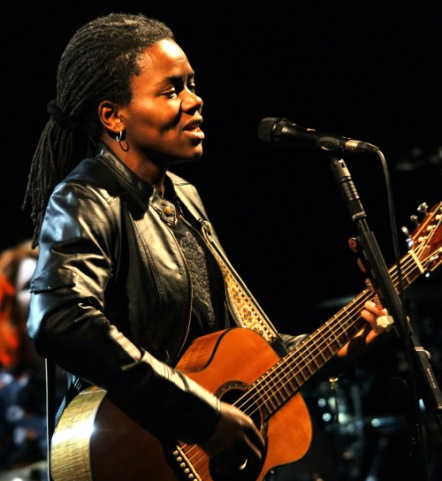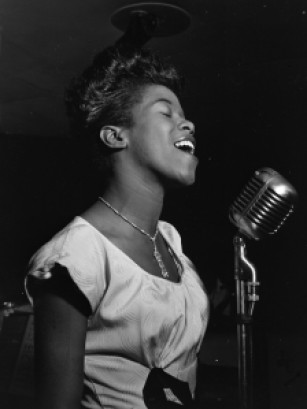Zehn kleine Jägermeister by the punk band Die Toten Hosen, which led the German charts in 1996, is a children’s counting song musically and textually referring to the British-derived Zehn kleine Negerlein and the U.S. Ten little Indians, in which the original set of ten members disappears one at a time through mishaps that are either their own fault or purely accidental.
The ten glasses of Jägermeister, a popular German liqueur, disappear in the obvious and banal fashion; ultimately, the song evokes a meeting between death and the picture of an infantile typical German whose behavior is driven purely by greed, and seems to sound the possibility that the German people could vanish altogether.
This according to “Doitsu no hittokyoku o yomu: Zehn kleine Jägermeister no baai” by Okamura Saburō (Goken fōramu VII [October 1997] pp. 1–23). Below, Die Toten Hosen brings it.
More posts about punk rock are here.

















